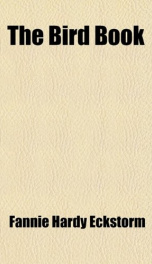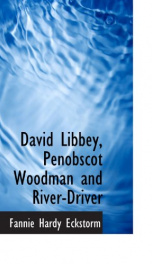the bird book

Purchase of this book includes free trial access to www.million-books.com where you can read more than a million books for free. This is an OCR edition with typos. Excerpt from book: ON THE FAERALONES. FEEDING HABITS OF GULLS ON THE PACIFIC COAST.1 "For of all nines and rhymes Of all times, Best like I the ocean's dirges, When the old harper heaves and rocks, His hoary locks Flowing and flashing in the surges." Henry W. Longfellow, The Saga of King Olaf. The Farralones are a group of rough and barren islands thirty miles out from San Francisco. No tree grows on them, and scarcely a plant, except the long, spongy weed called Farralone weed, can hold its own against the sea storms in that infertile soil.. On one of the islands is a lighthouse. No other houses are there, and few men except those who gather eggs for the market ever visit the place. Thus being comparatively undisturbed, birds nest here in vast numbers. There are great colonies of cormorants, black as midnight, stretching up their long necks; companies of tufted puffins with their gay red and green bills and yellow ear-plumes curling like a ram's horns; murres by the myriad, lifting their brown necks above their snowy breasts; pigeon guillemots, much like the " sea pigeon " of the East; Cassin's auklets and petrels mingle with them according to their natures, solitary or in companies; and everywhere the snowy 1 Facts drawn from Dr. Walter E. Bryant's " Birds of the Farralones " and H. W Taylor's " Story of the Farralones." Western gull, in size and color almost the counterpart of the herring gull of the East, stands his watch over a nest that is safer from intruders than any of the other nests. The gull of the East is a persecuted creature. He is robbe4 of his eggs; he is killed by gunners for his wings and feathers, to put into feather-beds when they are not put on hats; he is forced from his chosen home, and is even compelled to build his nest in trees, contrary...
Info about the book
Author:
Series:
Unknown
ISBN:
0415920388
Rating:
4.5/5 (2)Your rating:
0/5
Languge:
English
Users who have this book
Users who want this book
What readers are saying
What do you think? Write your own comment on this book!
write a commentif you like the bird book try:
Do you want to exchange books? It’s EASY!
Get registered and find other users who want to give their favourite books to good hands!




